Little effort is required to appreciate the myriad attributes of Asia. Stunning sights seduce the senses all over the region, while everyday encounters with gracious and welcoming locals are part and parcel of travelling in this amazing part of the world.
Nevertheless, those who like to scratch beyond the surface of a country will find that the wealth of immersive experiences and specialist tours in Asia provide significant added value to a trip. Vibrant and varied, the countries of the region supply a beguiling patchwork of distinctive cuisines, cultures and customs.
The best thing about digging deeper into a destination is that it can open up new windows and provide valuable insight. Vietnamese art may not be the most obvious aspect of the country to focus in upon, but guests who choose to find out more will observe the place from a hitherto under-utilised perspective.
Similarly, the unique heritage of buildings in Phnom Penh, Cambodia’s capital, is hardly spoken of in comparison to banner sights such as the temples at Angkor. Nevertheless, visitors who take a specialist architecture tour will likely leave with their appreciation of the city enhanced.
With its array of world-class cuisines, the most popular experiences in Asia tend to be gastronomy related. Certainly, no self-respecting foodie would want to leave the region without chowing down on delicious street food on a Bangkok sidewalk or discovering the many highlights of the restaurant scene in Vientiane, the capital of Laos.
Beyond food, other popular specialist tours in Asia involve art and architecture as well as photography. Other niche interests are also amply catered to. Ever wanted to learn karate in Japan or potter around Phuket on an E-bike? These, and other thrills, are all ready and waiting.
FOOD:
Asia’s food scene is fabled, and rightly so. From the narrow hutongs and sois of Beijing and Bangkok to the leafy backways of Kyoto, the cities of the region offer a cacophony of sizzling woks, grilling meats and mouth-watering aromas.
These days fine-dining and cosmopolitan restaurants can be found in every city in the region. However, for a prolonged glimpse of traditional food culture, it pays to take to the streets.
Nowhere is this philosophy more rewarding than in Bangkok. The relentless buzz of Thailand’s capital is reflected in its vibrant hawker food scene. Its atmospheric old town in particular is a haven for foodies with traditional Thai delicacies found within a stone’s throw of golden-spired temples and other historic sights.
Like in Bangkok, food is a real highlight in Vientiane. Lao cuisine is similar to Thai food, but there are key differences. These distinctive quirks make a Lao cooking class the perfect way to get acquainted with the cuisine. As well as being a great place to learn how to cook Lao food, the city’s selection of restaurants and bars offer plenty of opportunities to eat, drink and be merry.
ART:
Another aspect of Asia that lends itself to getting a greater understanding of what makes it tick is its vibrant art scene. In many ways, it has taken far too long for artists from the region to win international recognition. That wrong, however, is now being comprehensively addressed and the contemporary scene in previously neglected countries such as Vietnam, China and Thailand is stronger than it has ever been.
The current vibrancy is a reflection of a history of creative expression that, in most countries in the region, dates back hundreds, even thousands, of years.
In Vietnam, for example, the timeline of colonialism, war, Communism then breakneck free-market development is a familiar one to most visitors. For a different slant, however, an art tour of Ho Chi Minh City opens an interesting new window. Taking place in galleries, private collections, studios and the streets of the city, the journey offers an epic visual journey through French belle époque influences, wartime art, propaganda, and contemporary works by a new breed of Vietnamese creatives.
Further north, in Beijing, China’s artistic traditions are being channelled into a new surge of creative energy. By taking a tour around iconic galleries, art districts and underground art enclaves, travellers can get a scent of this blast of energy.
ARCHITECTURE:
With their own traditions abetted, in many instances, by outside factors, the countries of Asia have a hugely impressive architectural heritage. In nations such as Cambodia, Vietnam and Laos – the rump of French Indochina – Gallic influences reign supreme. Myanmar, meanwhile, bears the stamp of the British Empire. While it is easy enough for visitors to appreciate this stylistic mash-up from a casual perspective, closer observation in the company of experts offers much greater payback in terms of knowledge and understanding.
Myanmar’s former capital Yangon is one of the region’s architectural highlights. While the merits of British rule in the country continue to be widely debated, the grandeur of buildings such as the High Court and City Hall are not in question. With Yangon’s Heritage Trust doing their best to safeguard the heritage of these historic buildings, guests can learn first-hand about preservation efforts.
Over in Cambodia, Phnom Penh is an equally compelling architectural subject with Chinese, French and Khmer influences combining. Tours here focus on a range of angles, including the significance of Khmer architecture from the 1950s and 1960s, a period recognised as one of the country’s golden eras.
PHOTOGRAPHY:
It is no great secret that Asia is a veritable paradise for shutterbugs. With colourful and often eccentric street-life augmenting paradisiacal landscapes, even amateur snappers tend to find their photographic skills are enhanced in the region. Despite the ease of capturing an arresting image here, it never hurts to push the envelope. Luckily, the region is also home to a plethora of experts willing to offer advice on how to really capture the sights in all their glory.
In Central Java, the city of Yogyakarta is recognised as one of Indonesia’s most photo-friendly. A huge factor in this is the presence nearby of twin religious totems Borobudur and Prambanan. Accompanied by a local archaeologist and photographer, visitors who choose to take an immersive photographic tour will get a unique insight to the complexities and symbolism of the two temples.
Like Yogyakarta, Tokyo offers plenty of manna for photographers. Here, guests can glean a comprehensive visual insight to the world’s largest city in the company of internationally acclaimed photographer Jon Sheer, witnessing masterpieces of modern architecture, peaceful city parts and giant temples along the way.
Get in touch with one of our expert travel consultants to learn more about our stunning collection of specialist tours in Asia.



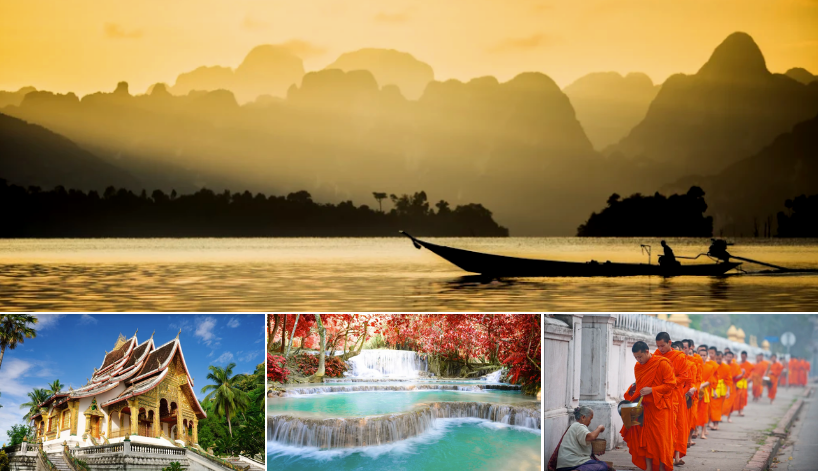 " alt="">
" alt=""> 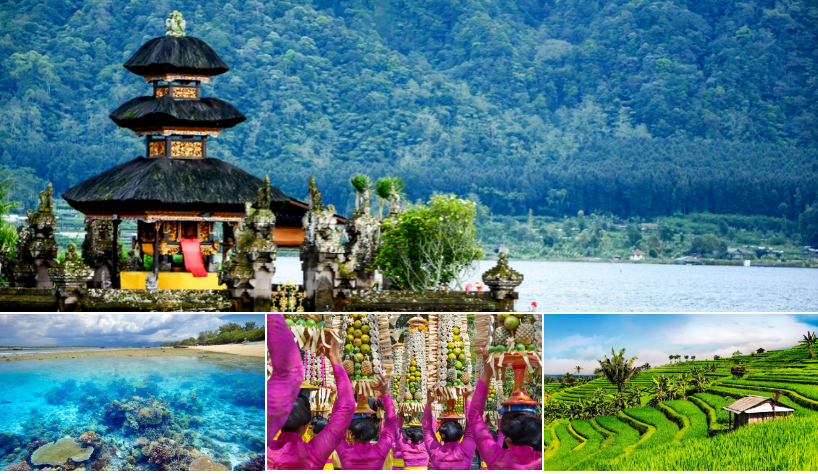 " alt="">
" alt=""> 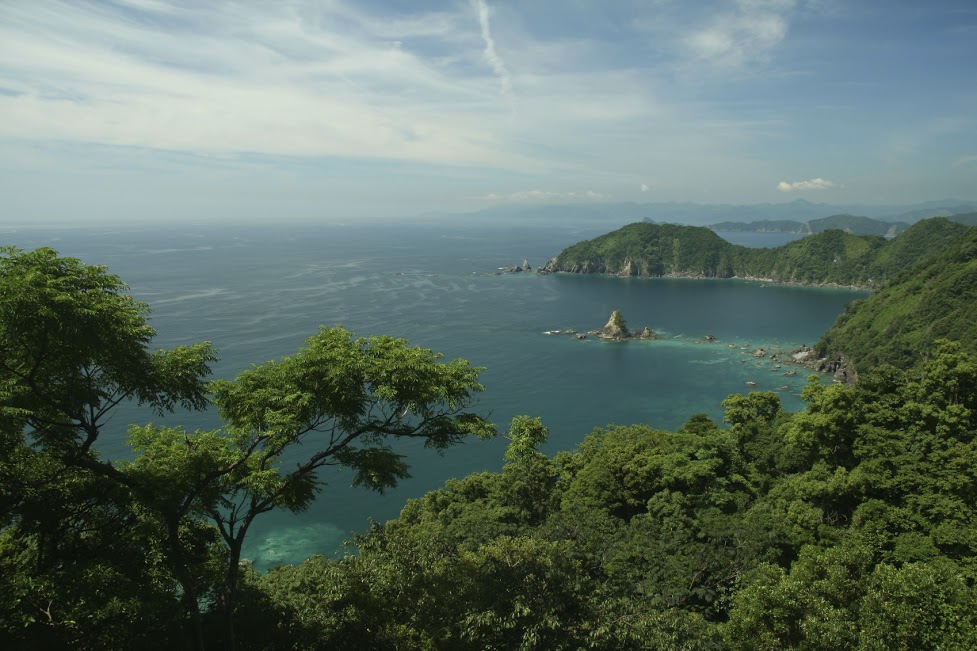 " alt="">
" alt=""> 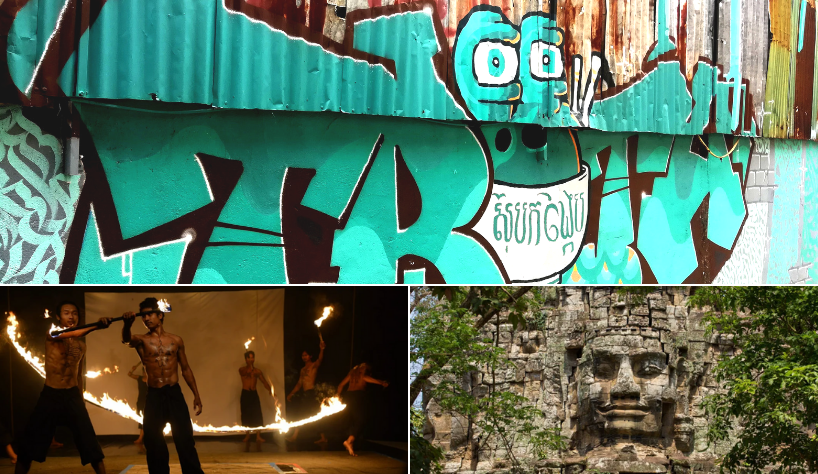 " alt="">
" alt="">  " alt="">
" alt=""> 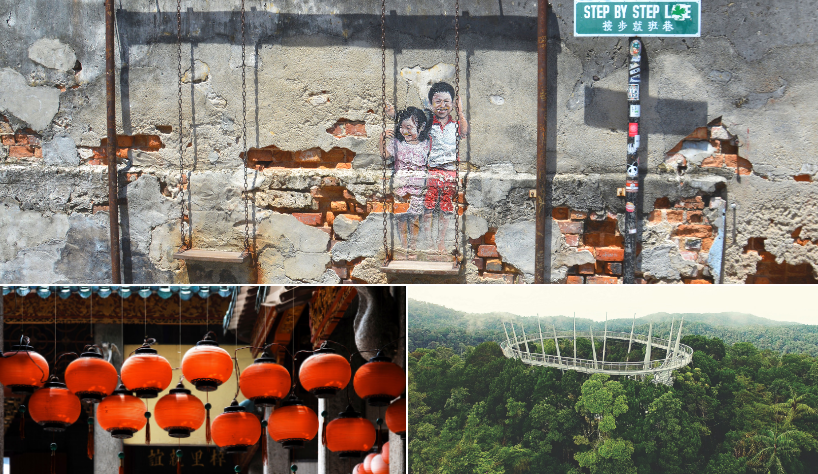 " alt="">
" alt="">  " alt="">
" alt=""> 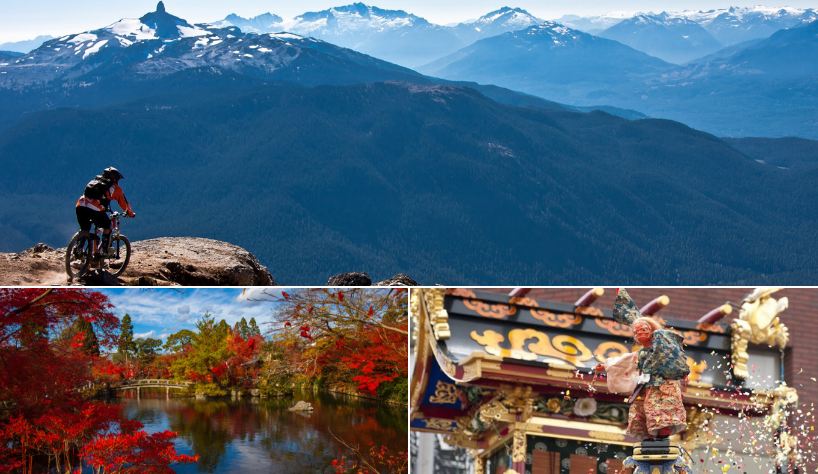 " alt="">
" alt=""> 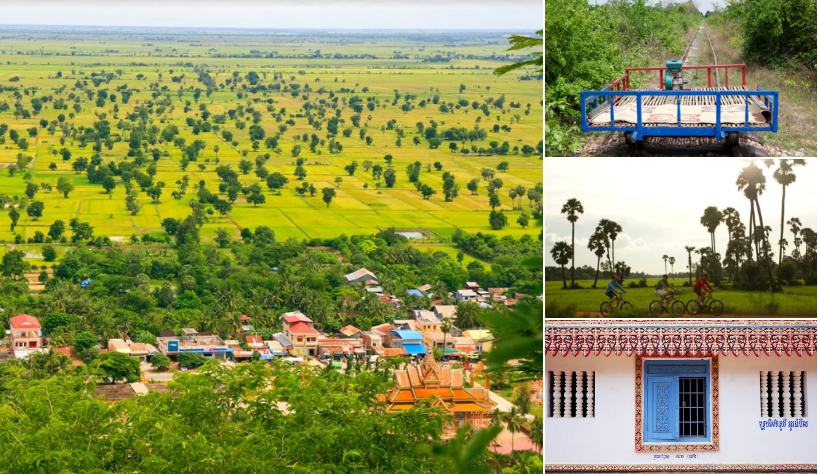 " alt="">
" alt=""> 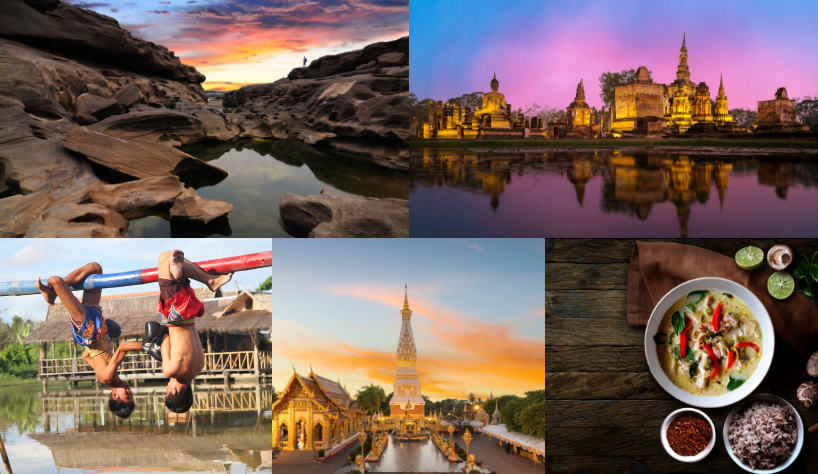 " alt="">
" alt="">